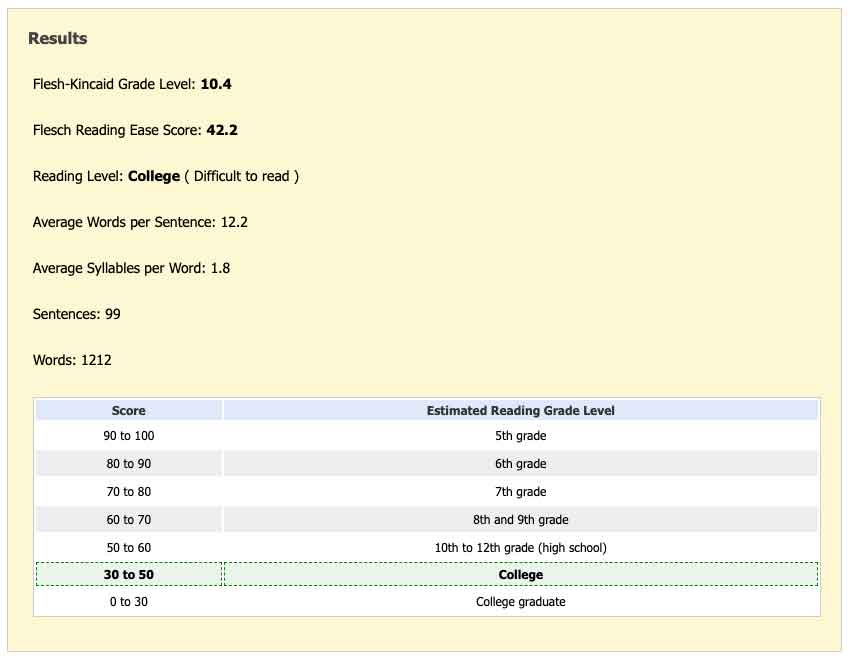SEO Reputation Management for Todays AI Search Engines
Reputation marketing works to improve how a brand is seen online. Brands must optimize branded content if they want to rank well using SEO for AI-powered search. This article discusses crafting online content to perform well in search engines today. Online content must be written with both people and search engines in mind. With the emergence of AI-powered search engines like Google AI Overviews, Perplexity, Bard, and others, optimizing your content for AI search has become the next step for businesses and individuals to manage how their brand is seen online. In this article, we will explore effective SEO strategies tailored for AI-fueled search engines.
The Power of AI in Today’s Search
AI search engines, such as Bard, Perplexity.AI, and Bing Chat, utilize advanced algorithms and large language models to deliver more relevant and personalized search results to searchers.
A large language model (LLM) is a type of artificial intelligence (AI) that’s adept at understanding and generating human-like language. It’s a super-powered language learning algorithm that’s been trained on a massive dataset of text and code.
These engines analyze various factors, including content quality, relevance, and user intent, to determine the ranking of websites. While you should still create for your intended audience first, you must also create with AI and SEO in mind.
The New SEO: Optimizing for AI Search
You’ll have to optimize your content effectively to ensure your branded online content ranks visibly in AI-powered search results. It’s a basic tenet of reputation marketing. AI search engines prioritize websites that provide valuable and credible information to users. AI SEO is like normal SEO but with a few other things to keep in mind.
1. Cite Sources for Credibility
Studies show that citing expert sources can help your content perform better. By quoting and referencing authoritative sources, you enhance the credibility and richness of your content. This approach requires few changes to the content since you are just adding expert citations, but it significantly improves your website’s visibility in AI search engine results.
2. Add Quotations to Enhance Authenticity
“It’s going to be interesting to see how society deals with artificial intelligence, but it will definitely be cool.”
—Colin Angle
Adding relevant quotes is another optimization technique that has proven to be powerful in the new search landscape. By including authentic and insightful quotes, you provide depth and authenticity to your content. We included a quote above, doesn’t it seem more authentic now? 🙂
3. Enhance Content with Statistics
Statistics play a role in capturing the attention of AI search engines too. By incorporating relevant statistics into your content, you provide data-driven evidence that supports your content and enhances visibility of your website. Statistics addition can also be effective for opinion-based queries, where AI search engines consider incorporating data to be valuable to the information consumer.
4. Simplify Content for Easy Comprehension
It is important to make your content easily understandable to cater to a broader audience. Simplify complex concepts, use clear language, and avoid jargon unless you know your target content consumer understands it.
By optimizing your content for readability and accessibility, you can increase engagement and improve your website’s visibility in AI search engine results. One way to do that is to use the Flesch-Kincaid readability test.
The Flesch-Kincaid readability tests are designed to assess the readability of a text. The test produces a score corresponding to a U.S. school grade level, making it easier for writers to gauge the readability of their content.
Using Flesch-Kincaid to Tailor Content for a Specific Audience
Below is the Flesch-Kincaid score for this article:
- Identify the Target Audience: Who are you writing for (other than AI search)? Determine the demographic characteristics, education level, and familiarity of your target audience with the topic.
- Adjust Word Choice and Sentence Structure: For a less educated audience, use simpler words and shorter sentences. For a more educated audience, you can use more complex language and longer sentences.
- Use Readability Tools: Utilize online readability tools that provide Flesch-Kincaid scores to assess the readability of your content and make necessary adjustments to better match the target audience’s comprehension level.
5. Incorporate Unique Words for Differentiation
Stand out from the competition by incorporating unique and less widely used words into your content. While maintaining the meaning and relevance of your content, strategically add rare and unique terms. This approach helps your website gain visibility in AI search results by presenting a distinct perspective and language style.
6. Integrate Technical Terms for Expertise
This one may seem to go against number four above, but using technical terms has proven to provide better outcomes in AI-based search because it supports Google E.A.T.
Google’s E.A.T. stands for Expertise, Authoritativeness, and Trustworthiness, and it is a set of criteria used to assess the quality of web content. Note the word “Expertise”. Technical terms are believed to support that.
Demonstrate your expertise by strategically including technical terms related to your industry. When appropriate, add unique and specialized terminology to your content. This optimization technique showcases your knowledge and authority in the field, making your website more appealing to AI search engines.
7. Optimize Page Elements for SEO
In addition to optimizing your content, paying attention to other on-page elements that contribute to SEO is also important. Ensure your page titles, meta descriptions, and headings include relevant keywords and accurately summarize the content of your website. By aligning these elements with the search queries users are likely to enter, you increase the chances of your website ranking highly in AI search results.
8. Continuously Monitor and Adapt
If anything, AI-based search has taught us that change is the default mode today. It is important to continuously monitor and adapt your strategies based on the performance of your website. Analyze the effectiveness of your optimization techniques, identify areas for improvement, and refine your approach accordingly. A/B testing your content over time is a great way to do this.
8. Use Schema as Part of a Winning Content Recipe
Website schema, also known as structured data, is a standardized format that provides information about a web page and classifies its content in a way that is easily understandable for today’s AI-powered search engines.
Enhanced Visibility and SEO
Including website schema in your content can significantly improve its visibility on search engine result pages (SERPs). By providing search engines with clues about the meaning and context of your content, schema markup helps search engines better understand and interpret it. This, in turn, can lead to rich snippets, knowledge graph panels, and other enhanced search results, ultimately increasing the chances of your content being seen and clicked on.
Schema markup supports a wide range of content types, including organizations, authors, articles, recipes, events, products, reviews, and more. People generally don’t see schema markup since it lives in the HTML of the web page and is not visible, but search engines do see it, and use it.
Wrapping Up
Mastering SEO for AI becomes more and more important as AI search engines continue to shape what your browser shows you. You can amplify your online presence and improve your SEO reputation management by implementing effective optimization strategies, like citing sources, adding quotations, and incorporating statistics.
Stay informed about the latest developments in AI search, continuously monitor and adapt your strategies, and position yourself as an authoritative and knowledgeable resource in your industry. With careful optimization, your website can rise to the top of AI search engine results and reach a wider audience.
Citations and Further Reading:
- Research Paper: GEO: Generative Engine Optimization
- AI For SEO: Can You Work Faster & Smarter?
- 34 AI Content Generators
- How AI Search Will Impact SEO
Tags: Reputation Management.

